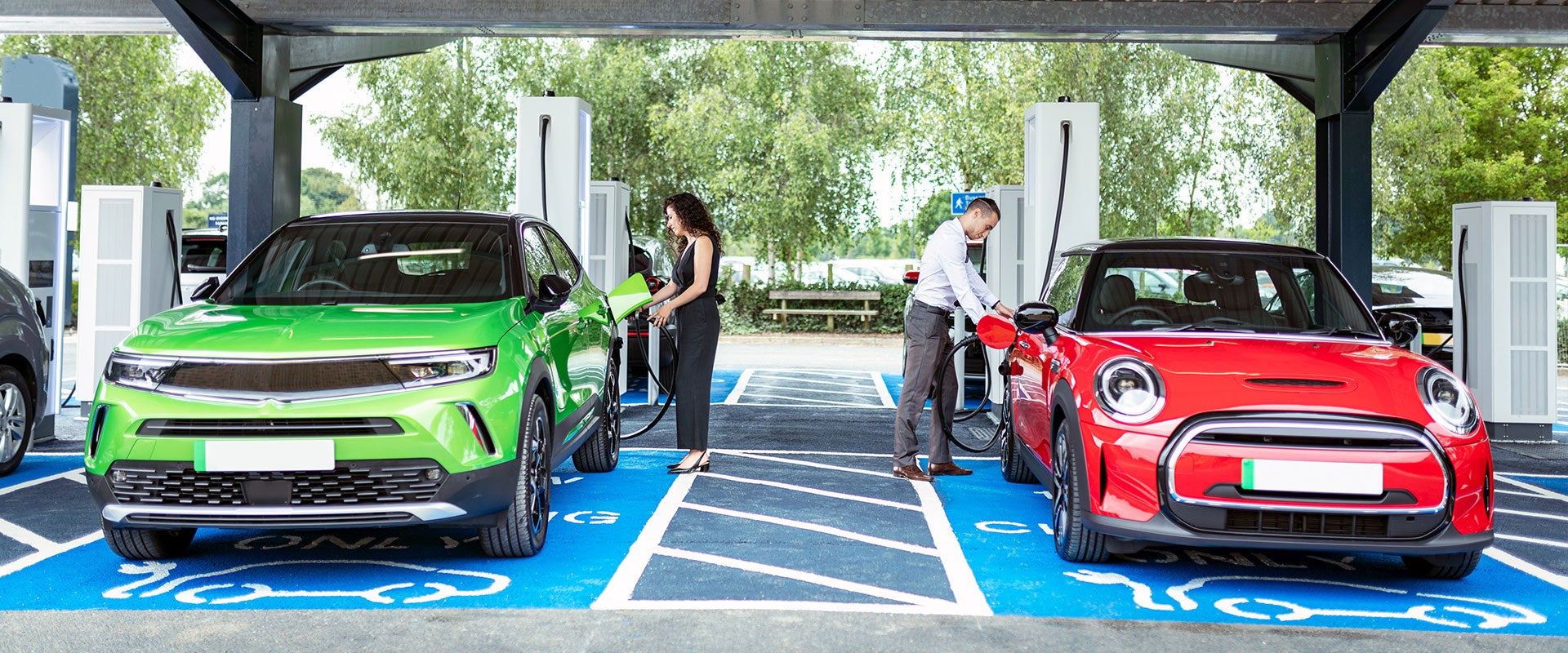However, a continuous expansion of BEVs should be expected with a possible acceleration after 2025, requiring advance planning by aftermarket manufacturers to accommodate changes. Providers should act now to adjust their portfolios to reduce exposure to systems cycling out of use and to align business goals with a higher share of aftermarket systems for BEVs. Read on for an analysis on which parts systems will be declining and which are expected to grow as BEVs become more prevalent in the market.
Comparing ICE and BEV systems
As the mix of vehicles in the VIO transitions from ICE to BEV, we expect to see meaningful shifts in aftermarket sales volumes of specific components.
The challenge with BEVs for aftermarket manufacturers is that, generally, electric vehicles both require fewer parts and see less wear and tear on those parts, driving a lower aftermarket replacement rate. Quite simply, an electrified powertrain requires simpler systems with little friction between the moving parts — conventional drivetrains contain 150 components that are unique to internal combustion engine vehicles.
The transmission in particular either becomes much simpler or disappears altogether — BEVs use a single-speed system, whereas ICE vehicles have multispeed gearboxes (for example, Tesla uses a motor that has only two moving parts and a single-speed transmission with no gears).
Other components that are unnecessary in an electric vehicle include radiators, fuel injectors, gas tanks, valvetrains and exhaust systems, and while chassis, powertrain and electrical systems remain, they will be very different from their ICE counterparts. Features like body structure, fenders, HVAC (heating, ventilation and air conditioning) and interior systems remain similar in both types of vehicles.
Finding aftermarket opportunities in BEVs
Though the proliferation of BEVs in the market will eventually result in fewer replacement parts, there are several opportunities in the BEV aftermarket due to BEV-unique systems or upgrades to existing vehicle systems. Manufacturers that are quick to invest in the development of BEV-specific performance upgrade parts stand to gain a higher market share and potentially greater customer loyalty as BEV sales accelerate.
New systems relevant to the upcoming shift to BEVs are estimated to result in about 40 new components. This includes electrical, e-motor, battery management and power control units (see Figure 2).








